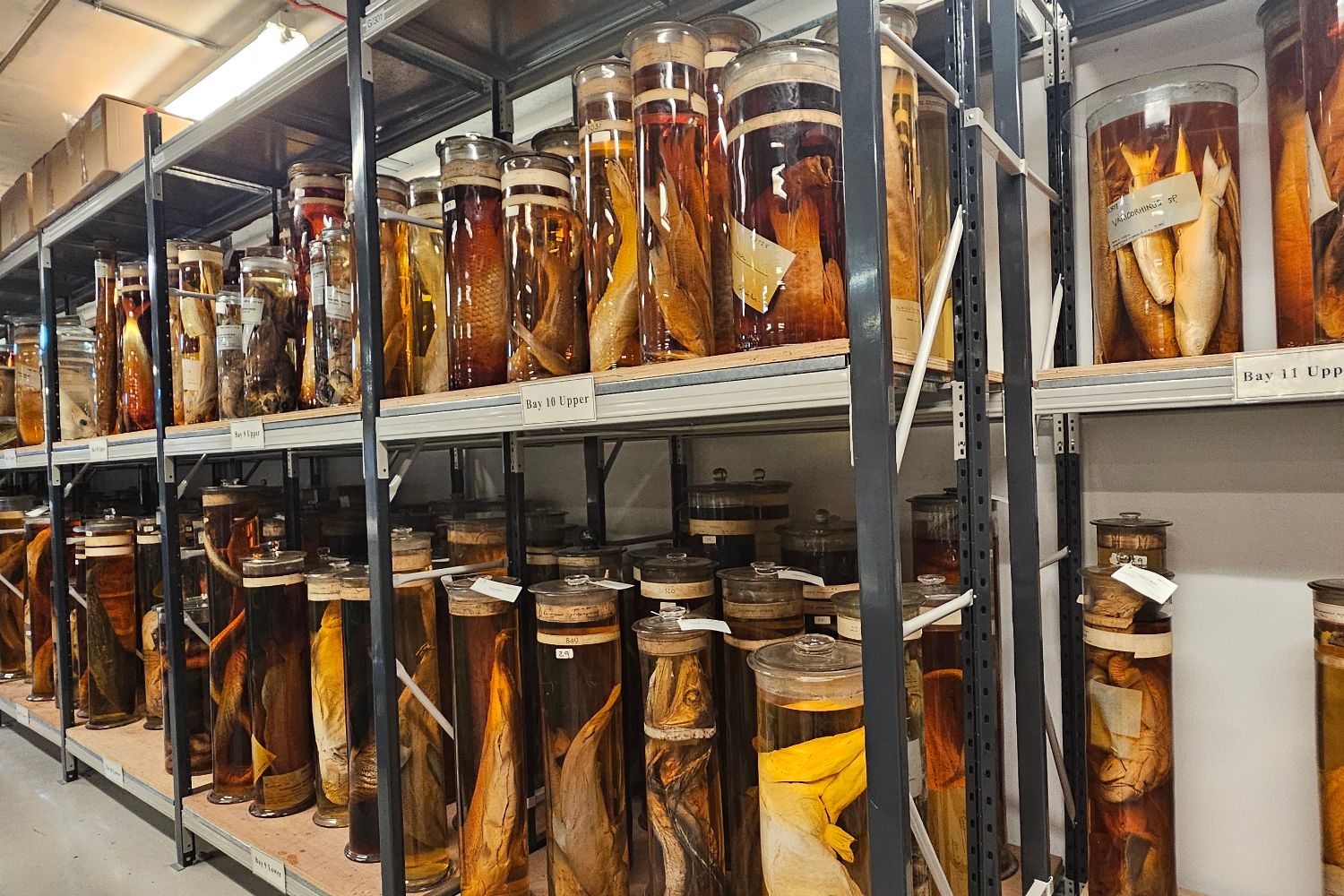|
Getting your Trinity Audio player ready...
|
The teams were from the Science and Technology Facilities Council (STFC), Natural History Museum and Agilent Technologies.
The study was published in ACS Publications on 21 February 2025.
The role of historical specimens and artefacts cannot be overstated.
They serve as tangible links to our ancestors, offering a wealth of knowledge and insights into our past.
These items collected throughout our history are invaluable to education and our cultural heritage, enlightening us on past civilisations, biodiversity and climates that help inform our current scientific understanding.
Non-invasive methods
This analytical capability is critically important in curation of historic fluid specimen.
In some cases these originate from Victorian times, where the composition of fluids could be poorly documented, or the specimen has lost one or more of its components by evaporation due to an imperfect seal.
The characterisation of these fluids poses significant challenges as non-invasive methods are preferred to avoid opening jars and compromising specimens.
Artist’s illustration of specimens in jars. The preservative in some of these historic jars is unknown and needs exploring. Credit: Helen Towrie, STFC Central Laser Facility
SORS
This proof-of-concept study investigates the feasibility of using a handheld Spatially Offset Raman Spectroscopy (SORS) device to determine the chemical composition of preservation fluids through their original glass containers.
SORS performs chemical analysis by shining a laser light into a container and inspecting the changes in wavelength that occur when the light is reflected.
These changes indicate the presence of different chemical components within it.
SORS, which was originally developed at STFC’s Central Laser Facility and is celebrating its 20th anniversary this year, is used in airport scanners all over the world through Agilent Technologies.
Results demonstrate that SORS can non-invasively verify the chemical identity of dominant substances in these fluids measured through a historic glass jar.
The method was also able to differentiate between different concentration points of components in water within the same type of preserving fluid.
Valuable new application for this technology
Sara Mosca, Raman Spectroscopy Scientist at STFC CLF, said:
It has been a privilege to contribute to this innovative research, applying our SORS expertise to help uncover a valuable new application for this technology within the heritage science community.
Chelsea McKibbin, Senior Conservator at London’s Natural History Museum remarked:
After many years of seeking an appropriate analytical approach, it is exciting to be part of this enthusiastic project.
Applying this technique in practice to historic fluid preserved collections where minimal intervention is paramount, will not only be invaluable to collection knowledge, but also inform future care considerations.
Further information
About the Natural History Museum
The Natural History Museum is a world-leading scientific research centre and one of the world’s most visited museums.
Its mission is to create advocates for the planet: people who act for nature.
Its 400 scientists are finding solutions to the planetary emergency, from reversing biodiversity loss to resourcing the green economy.
The museum is fundraising to transform its South Kensington building, placing its groundbreaking research at its heart.
It will revitalise four existing galleries, opening two new magnificent galleries and delighting 1 million more visitors a year with the wonders of the natural world.
Top image: Historic specimens preserved in jars at the Natural History Museum. Credit: Sara Mosca, STFC



